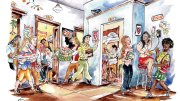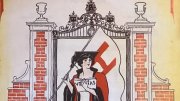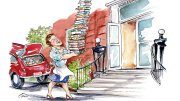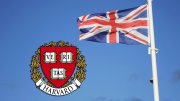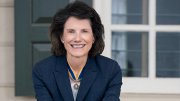1919
Massachusetts governor Calvin Coolidge, speaking on Commencement day afternoon, calls education the nation’s biggest industry and the one that yields the largest dividends, and says citizens must be prepared to pay market price for “marked intellectual ability and teaching power.”
1934
The Bulletin reports on the Saturday afternoon visit by Harvard 1904s to the White House. FDR invited his 604 classmates and their wives and children to tea, and 936 acceptances arrived from 26 states and five foreign countries—prompting a Boston newspaper columnist to suggest the classmates would get more food out of the president than he got votes out of them.
1949
The Harvard Law School Association council votes 8-5 in favor of admitting women to the school, but recommends polling the alumni to determine their views. Harvard Medical School, meanwhile, graduates its first women—12 in a class of 141.
1954
Harvard establishes a Center for Middle Eastern Studies, similar to its existing “area programs” on East Asia and the Soviet Union.
1964
Among the statistics from the class of ’39’s twenty-fifth report: their favorite institution is marriage; the average number of drinks consumed per week has doubled, from four to just over eight; 14 percent of their wives work outside the home for pay; and the median family income is $23,800.
1969
The Senate Committee on Government Operations serves subpoenas on the deans of the College and graduate schools, demanding the records of any students receiving federal assistance who were arrested after the occupation of University Hall.
1974
A survey of Harvard seniors reveals that 17 percent want a law career and 15 percent a medical career, with business not far behind. Students “are much more aware of the problems of financial security,” says a career-services adviser. “They seem less socially concerned and more introspective. They have realized that the life-styles they want require a certain kind of income.”
